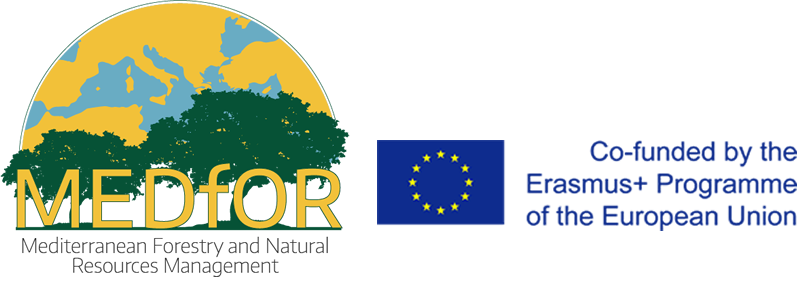Comparative Analysis of Handheld, UAV-Mounted, and PNOA LiDAR Data for Forest Inventory and Assessment in Mixed Forests of Spain
Ani Ahmetaj 2023. "Comparative Analysis of Handheld, UAV-Mounted, and PNOA LiDAR Data for Forest Inventory and Assessment in Mixed Forests of Spain". Master Thesis. The University of Valladolid.
Supervisor:
Prof. Felipe Bravo Oviedo and Frederico Tupinambá Simões
Summary:
Forest inventories play a critical role in understanding forest ecosystems and drafting sustainable management strategies. Traditional methods of obtaining such inventories often involve labor-intensive field measurements, which can be time-consuming and resource intensive. This thesis explores the potential of Light Detection and Ranging (LiDAR) technologies to supplement or replace traditional methods. The technologies studied include handheld mobile laser scanning (HMLS), Unmanned Aerial Vehicle (UAV)-based laser scanning (ULS), and Airborne Laser Scanning (ALS). The research aims to evaluate the reliability and effectiveness of these LiDAR-derived data by comparing them with traditional field measurements.
The study was conducted in the Llano de San Marugan marteloscope, a mixed forest plot in Valladolid, Spain. LiDAR data were collected using HMLS, ULS (at two different altitudes), and ALS data from the Spanish National Plan of Aerial Orthophotography (PNOA). The collected data underwent pre-processing and segmentation, followed by the calculation of Diameter at Breast Height (DBH), tree height, crown diameter, crown area, and crown volume. These calculations were performed for 170 Pinus pinea trees located in the study area, with data corresponding to other tree species being discarded.
The results of the thesis reveal that the choice of LiDAR technology significantly impacts the accuracy of the derived data. HMLS data was found to provide more precise measurements for individual tree variables like DBH and tree height. On the other hand, ULS data was more suitable for evaluating crown variables, which are crucial for biomass equations and estimations. ALS data, while easier to process in large quantities due to its low point cloud density, was not as accurate in determining individual tree variables.
The thesis also highlights some of the challenges associated with using LiDAR technologies in forest inventories. Although LiDAR technologies may reduce the amount of field work necessary, they can increase the amount of office work required for data processing. Furthermore, the study's findings demonstrate that different LiDAR methodologies have varying degrees of effectiveness in different forest types, emphasizing the need for further research and development in this area.
This thesis demonstrates the potential of LiDAR technologies to provide accurate and efficient forest inventories, however it also underscores the need to carefully select and apply these technologies based on specific forest types and inventory requirements. As forest management continues to evolve in the face of growing demands for sustainability, studies like this one offer valuable insights into the tools and techniques that can support these important efforts.



